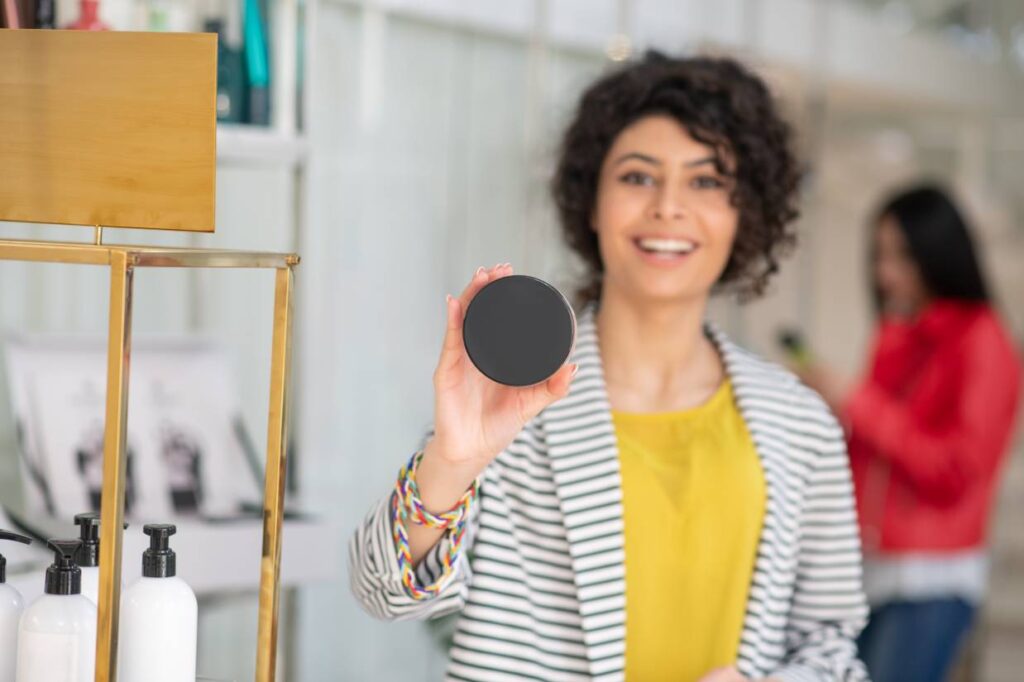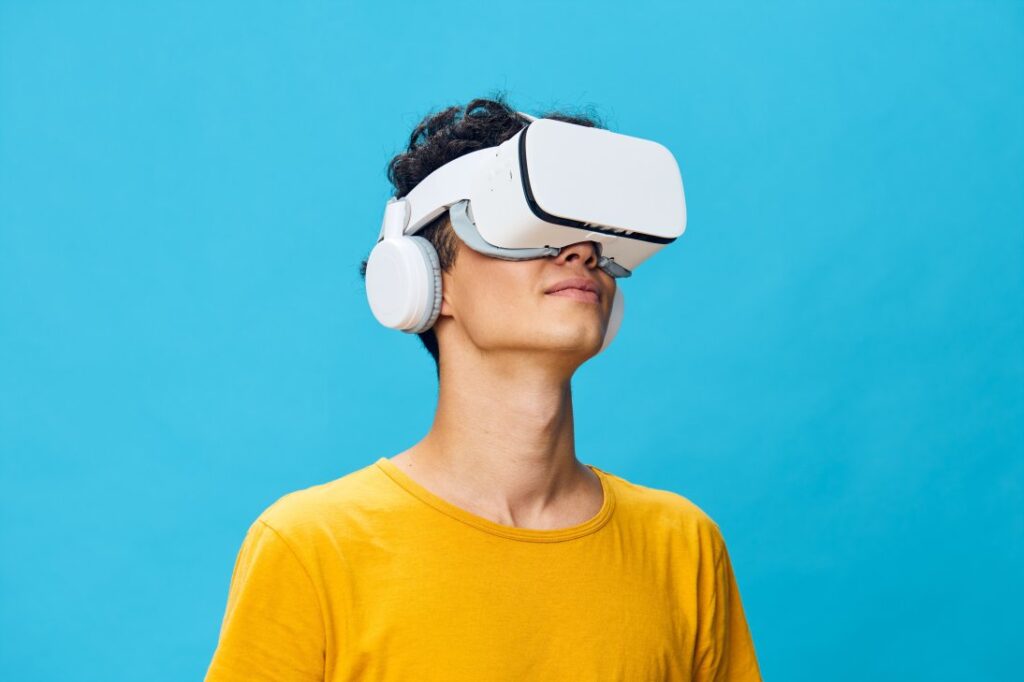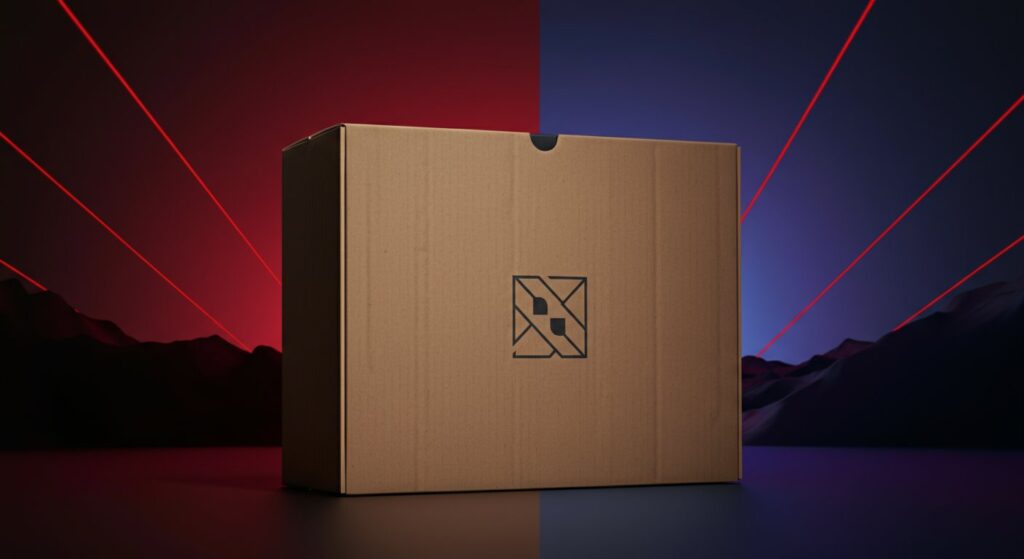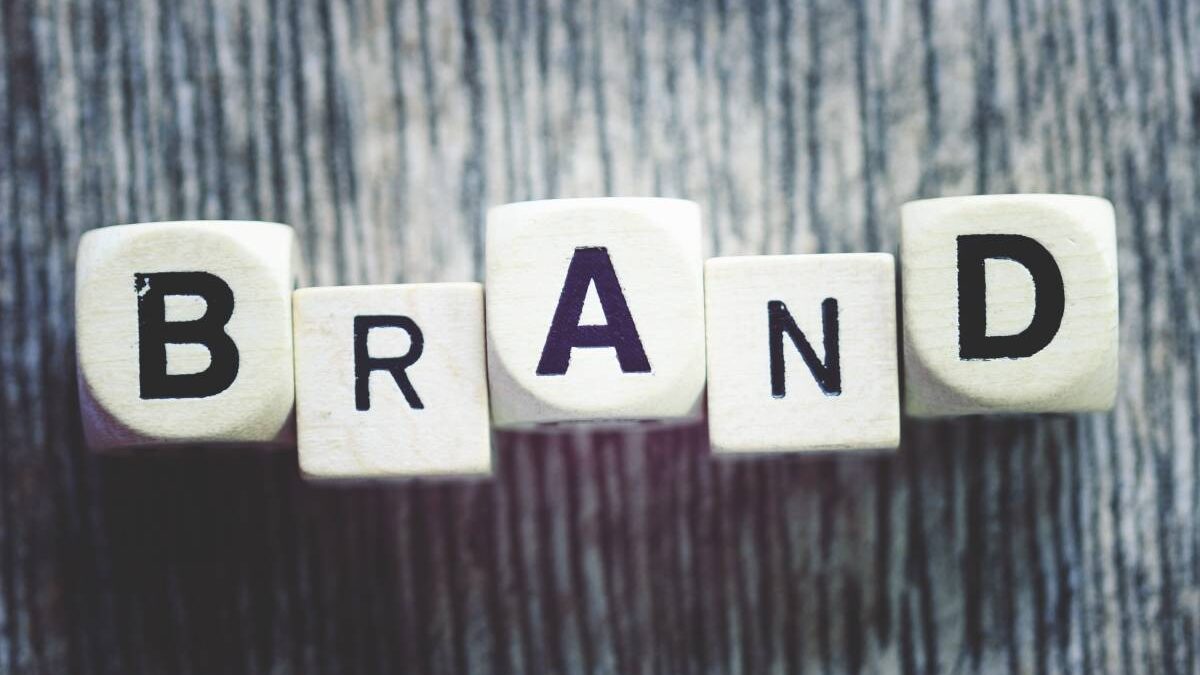Brand activation is how companies bring their message to life through real and meaningful interactions. It focuses on creating experiences through brand activation campaigns to make people feel connected to a brand. The goal is to turn awareness into action—getting people to engage, buy, and remember.
Ads may grab attention, but they don’t always stick. Brand activation builds loyalty and helps to increase brand awareness by involving people directly. It creates moments they can experience, share, and talk about.
Defining Brand Activation
Brand activation is the process of driving consumer action through brand interaction and experiences. It’s all about engaging your target audience in ways that build emotional connections with your brand. Rather than just focusing on product features, brand activation aims to create memorable, impactful moments that resonate with people.
The goal of brand activation is to bring your brand to life in a way that influences consumer behavior and builds loyalty. This can be done through various strategies, like events, interactive campaigns, experiential marketing, or digital activations.
Essentially, it’s about making your brand stand out, engaging people on a deeper level, and driving them to take action, whether that’s purchasing a product, sharing content, or becoming a long-term customer.

Types of Brand Activation
1. Experiential Activation
Experiential brand activation focuses on creating engaging and interactive elements that allow consumers to connect with a brand on a personal level. Experiential marketing tactics are often employed in physical or virtual environments, such as pop-up events, live demonstrations, or product trials. The goal is to create memorable experiences that deepen the emotional connection between the customer and the brand.
Brand Activation Examples:
- A makeup brand setting up a booth at a music festival where attendees can try products and get beauty tips.
- A tech company is holding an interactive workshop where people can try out the latest gadgets.
2. Digital Activation
Digital brand activation leverages online platforms, tools, and social media to reach and engage consumers. This can include social media contests as part of a digital campaign, email campaigns, online challenges, or creating viral content that sparks brand engagement and encourages sharing.
Examples:
- Running a social media contest where users post photos using your product for a chance to win.
- Creating a viral challenge, like the “Ice Bucket Challenge,” that encourages user-generated content.
3. In-Store Activation
In-store activations engage customers while they are shopping, providing them with memorable experiences that influence purchasing decisions. This could include live product demos, sampling stations, or special in-store events.
Examples:
- A food brand hosting a tasting event in a grocery store.
- A fashion brand setting up a “try-on” station with personalized styling advice.
4. Sampling and Free Trials
This type of marketing activation offers potential customers the chance to experience a product firsthand, usually for free or at a discounted price. Sampling and free trials help break down any hesitation a customer might have, allowing them to test the product’s quality or benefits.
Examples:
- A beverage company offering free samples of their new flavor at a public event.
- A fitness brand offering a one-week free trial for its gym membership.
Ready to ignite your business with powerful brand activation strategies?
Contact Growth Hackers
5. Influencer Activation
Influencer activation involves partnering with individuals who have a strong online following to promote your brand. Influencers help to build brand awareness through influencer marketing, establish credibility, and drive conversions by sharing their experiences with your products.
Examples:
- A skincare brand partnering with a beauty influencer to showcase a new product in a video.
- A fitness brand sending products to health influencers for an honest review.
6. Social Responsibility Activations
This type of brand activation focuses on showcasing your brand’s commitment to social or environmental causes. It can help build goodwill and strengthen your relationship with customers who value brands that align with their ethical values.
Examples:
- A clothing brand donates a portion of proceeds to environmental causes.
- A food brand promoting sustainable farming practices and ethical sourcing.

7. Virtual and Augmented Reality (AR) Activation
Virtual and AR activations provide an immersive, digital experience that allows consumers to interact with a brand in a unique and engaging way. This type of activation can be used to give customers a more personalized experience or allow them to interact with a product in a way that would be impossible in real life.
Examples:
- An online furniture store uses AR to let customers visualize how products look in their homes.
- A car brand offering a virtual test drive experience through VR technology.
8. Hybrid Activation
Hybrid activations combine both physical and digital elements to create a seamless, multi-channel experience. This approach blends online and offline interactions to reach customers wherever they are, which is essential for a successful brand activation strategy offering flexibility and enhanced engagement.
Examples:
- A brand launching a live-streamed event that also includes in-person pop-up experiences.
- An online shopping brand hosting both a virtual event and a physical store experience.
9. Co-Branding Activation
Co-branding activation involves partnering with another brand that shares similar values, but has its own distinct audience, to increase exposure and engagement. This can amplify the reach and impact of the activation, benefiting both brands.
Examples:
- A luxury sports car brand collaborating with a high-end watchmaker to offer an exclusive limited-edition product.
- A coffee brand partnering with a well-known bakery to create special bundles or promotions.
10. Sponsorship and Event Activation
Sponsorship activations involve partnering with events or influencers to get exposure to a broader audience. Whether it’s sponsoring a sports event as part of your marketing campaigns, a music festival, or a conference, these activations aim to align your brand with a particular cause, event, or community.
Examples:
- A beverage brand sponsoring a major music festival, providing free samples to attendees.
- A tech company sponsoring a major sports event to boost brand visibility and credibility.

Emotional Storytelling for Stronger Brand Connections
Why Emotional Storytelling Drives Sales
People make decisions based on feelings as much as facts. Emotional storytelling taps into this by creating strong, memorable connections. It moves beyond features and benefits, focusing on human experiences that make people care.
Stories that hit the right emotional notes can increase purchase intent. They create a sense of belonging and purpose that draws people closer to a brand. When emotions are triggered, the brain releases dopamine, making the memory stronger and the experience more impactful.
Key Elements of a Compelling Brand Story
A strong brand story has a clear message rooted in the company’s values. Authenticity is critical. Audiences quickly sense when a story feels fake or forced, which can break trust.
Real characters and relatable moments are essential. This could be a customer overcoming a challenge or a founder’s journey from humble beginnings. Adding conflict or tension keeps the narrative engaging, creating a journey that feels real and relatable.
Emotional arcs make stories memorable. This could involve a journey from struggle to success, doubt to confidence, or isolation to community. These arcs create emotional peaks that stick in a customer’s mind.
Measuring the Impact on Sales and Enhancing Customer Loyalty
Measuring the impact of emotional storytelling goes beyond tracking views or likes. You need to connect your story’s reach to actual business outcomes.
Metrics like conversion rates, average order value, and customer lifetime value can reveal the financial impact. Social listening can capture how people talk about your brand, while surveys can gauge shifts in perception. Emotional connections often lead to stronger customer loyalty and higher repeat purchase rates.

Tips for Effective Brand Activation
1. Understand Brand Activation Fundamentals
Brand activation is a marketing strategy that creates real engagement with your audience. It’s different from just promoting a product or the common principles of marketing. It invites people to participate and interact through experiential marketing campaigns.
This strategy works by building a personal link between your brand and the audience. It helps people form memories and feelings connected to your brand. These moments create a lasting impression that drives loyalty and repeat business.
A product demo at a local event, a pop-up booth in a mall, or a creative online challenge all count as brand activation. Each one pulls people in, instead of just pushing a message out.
2. Set SMART Brand Activation Goals
Goals keep your brand activation focused. Without clear goals, campaigns often drift or fall flat. Use the SMART method to guide your strategy.
Set goals that are specific so everyone knows what success looks like. Make them measurable so you can track progress. They should be realistic based on your resources and timeline. Keep them relevant to your larger business goals. And always have a deadline to push action.
An example goal: “Get 500 user-generated social posts within 2 weeks of our product launch using a branded hashtag.” It’s focused, easy to track, and tied to a clear result.
3. Know and Engage Your Target Audience
You can’t connect with people if you don’t know them. Go beyond age or gender. Study how your audience thinks, what they care about, and how they behave.
Use surveys, social media comments, or customer service chats to gather real feedback. Look at purchase history or website activity to spot patterns. Build audience profiles based on habits, interests, and brand values—not just stats.
Make people feel seen. If your audience values fun and community, your activation should reflect that. A serious product might work better with calm, helpful messaging.
4. Budget Strategically for Maximum Impact
Treat your brand activation budget like a plan, not a guess. Don’t just throw money at the biggest idea; consider the balance between traditional marketing methods and innovative approaches. Think about what gives the best result for the lowest spend.
Start by checking what you’ve spent before and what it achieved. Compare with what others in your space are doing. Track costs for things like staff, materials, digital tools, and promotions.
Use that info to put your money in the right places. A small, well-targeted event can work better than a massive campaign that misses the mark.
5. Choose the Right Brand Activation Type
Not every activation works for every brand. Choose a format that fits your product and audience. There are several ways to go.
In-store activations allow people to try, touch, and talk. These work well for products people want to feel before buying. Experiential events create buzz and emotional connection, especially for lifestyle or fashion brands. Digital activations use online platforms to reach people fast and track everything in real-time. Hybrid events mix live and online to get the best of both.
If your audience hangs out online, a digital challenge might do more than a store demo. If they value face-to-face contact, set up a physical event.
Start turning heads and creating impact with smart brand activation today!
Work with Growth Hackers
6. Leverage Digital and Social Media Brand Activation
Online brand activations move fast and reach wide. You can launch a challenge, run a contest, or host a live stream. These efforts can grow quickly with shares and comments.
Social media makes it easy to track what’s working. You can test ideas, adjust on the go, and respond to people directly. Add branded filters, quizzes, or polls to get people involved.
Partnering with influencers adds more trust and reach. Their fans are more likely to listen when they promote your activation.
7. Create Unique and Memorable Experiences
The goal is to stand out. If people don’t remember your activation, they won’t talk about it or come back. You need moments that surprise or delight.
Think about the setting, sounds, and even smells if it’s an in-person event. Make it feel different from what they’ve seen before. Let people touch the product or join in an activity.
A pet food brand might build a dog park pop-up with free samples and a photo booth. A tech brand might set up a hands-on demo space at a music festival. These create moments people want to share.
8. Encourage User-Generated Content
Your audience has the power to spread your message. Give them a reason to post about your brand. Make it fun, simple, and rewarding.
Run challenges that invite them to create something—photos, videos, art, or short stories. Use branded hashtags to track entries. Feature the best ones on your page to boost visibility.
UGC brings trust. People believe real users more than they believe ads. It also creates a ripple effect, helping others discover your brand through their friends.
9. Solve Real Customer Problems
People are more likely to join a brand activation if it helps them. Focus on their needs. Make your activation solve a problem or make life easier.
A skincare brand could give samples at gyms where customers work out. A company selling home tools might set up repair booths in neighborhoods. A finance app could run a free workshop on saving money.
When people walk away with something helpful, they remember who gave it to them. That’s where loyalty starts.
10. Use Educational Content for Brand Activation
Teaching builds trust. When you help people learn, they see your brand as helpful and reliable. Use your activation to share something useful.
Offer webinars or live Q&A sessions. Create how-to guides or short video tutorials. These work well for products that require some explanation or setup.
If someone learns from you, they’re more likely to buy from you. They’ll also share that knowledge with others, spreading your brand message further.
11. Humanize Your Brand
People want to connect with people, not just products. Make your brand feel human. Show real voices, faces, and emotions.
Tell stories about your team, your customers, or your company’s journey. Use casual, honest language. Respond to questions and feedback in a friendly tone.
Avoid sounding too perfect or scripted. People trust brands that feel real and open.
12. Measure Success with Brand Activation KPIs
You need numbers to see what worked and what didn’t. Set clear key performance indicators and track them closely.
Measure how many people showed up, joined in, or made a purchase. Look at likes, shares, and comments if it was online. Track things like email sign-ups or coupon redemptions.
Review the results with your team. Use what you learn to plan better activations in the future.
13. Integrate Sustainability into Brand Activation
Many people care about the environment. Show them you do too. Build that into your activations in a real and visible way.
Use recycled materials, avoid waste, or set up recycling stations. Give away eco-friendly items that people can reuse. Partner with local groups to plant trees or clean up public spaces.
People remember brands that share their values. A green brand activation shows you’re thinking about more than sales. It helps you connect on a deeper level.
Mastering Brand Activation for Lasting Business Growth
Brand activation is an essential strategy for engaging your target audience and creating a lasting impact that drives both sales and brand loyalty. By focusing on emotional connections, personalized experiences, and measurable results, it helps businesses turn passive consumers into active brand advocates. From digital activations to in-store experiences, brand activation ideas show that the possibilities for boosting brand visibility and growth are vast.
The key to successful brand activation lies in crafting compelling experiences that resonate with your audience and lead to tangible outcomes. Understanding your customers’ needs, setting clear goals, and continuously optimizing your approach will inform future marketing strategies, keeping your brand top of mind and driving long-term business success.
Why Growth Hackers is the Best at Brand Activation
Growth Hackers is a top-tier brand building agency. We specialize in initiating brand activation strategies that will make your business stand out from the competition. Our team of experts works closely with you to design and execute proven marketing efforts and strategies that drive real, measurable growth—just like the most successful brands in the industry. We leverage the latest trends and best practices to ensure your brand’s core values are reflected as it creates unforgettable experiences that captivate your audience and boost your bottom line.
If you’re ready to take your brand to the next level and make it stand out using strategies that bring results, contact Growth Hackers today. Let’s work together to unlock your brand’s true potential and drive faster, smarter growth.




